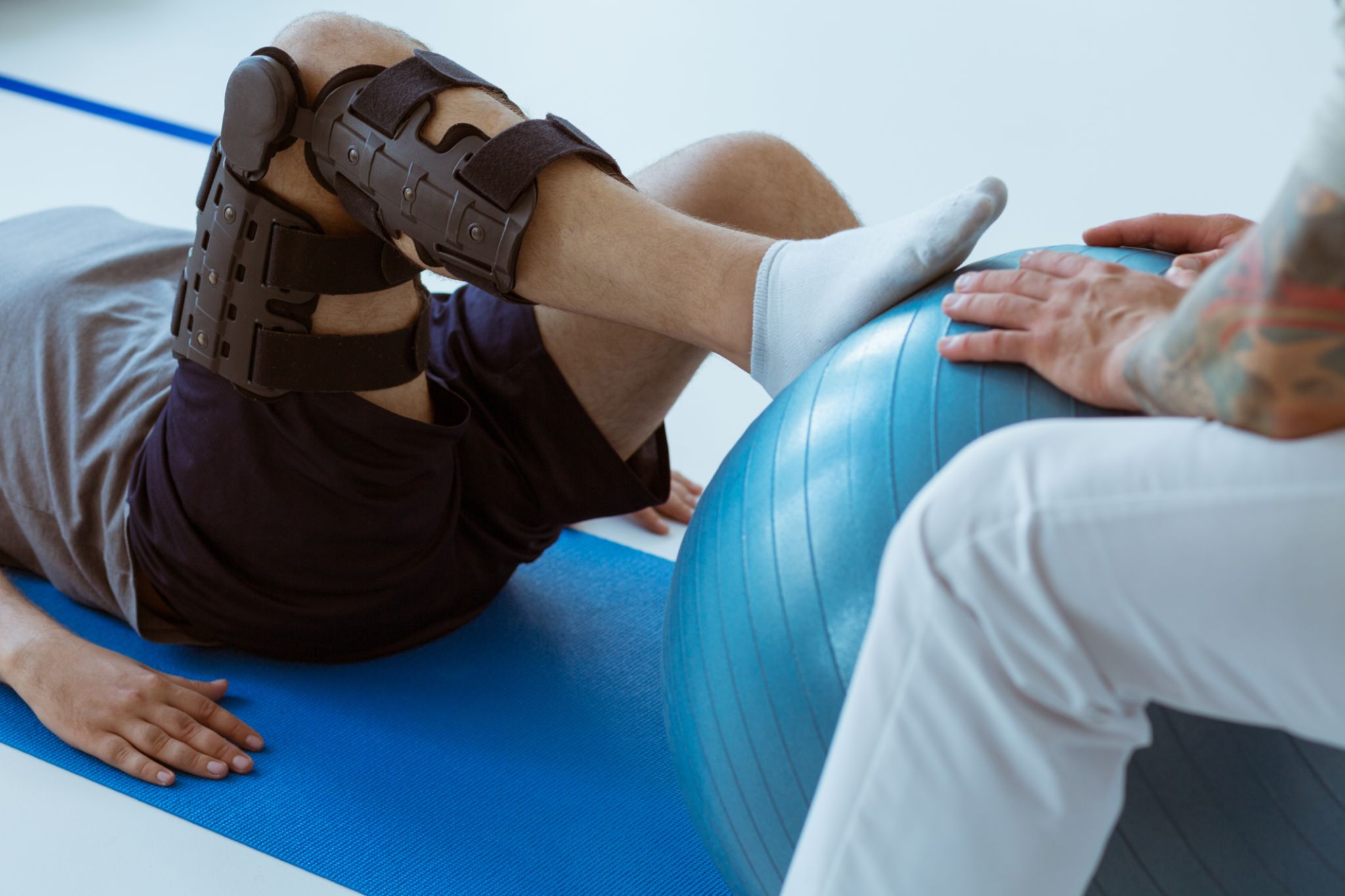Rest and Recovery: The Unsung Heroes of Athletic Performance
The Importance of Rest and Recovery
In the world of sports and fitness, the emphasis is often placed on training, endurance, and pushing physical boundaries. However, an equally crucial component that tends to be overlooked is rest and recovery. These elements are not just about taking a break; they are vital for enhancing athletic performance and preventing injuries.
Rest allows the body to replenish energy reserves and repair damaged tissues. Without adequate rest, athletes risk overtraining, which can lead to decreased performance and increased risk of injury. Therefore, incorporating structured rest periods into a training regimen is essential for optimal performance.

The Science Behind Recovery
Recovery is a complex process that involves multiple physiological systems. After a workout, the body undergoes several repair processes, including muscle fiber repair, energy store replenishment, and waste product removal. This is where the magic happens – the body adapts to the stress of exercise by becoming stronger and more efficient.
Proper recovery also supports mental well-being. Intense training can take a toll on mental health, leading to burnout and loss of motivation. Incorporating rest days helps athletes maintain a healthy mindset and stay focused on their goals.

Effective Recovery Strategies
To optimize rest and recovery, athletes should consider integrating various strategies into their routine. Here are some effective methods:
- Sleep: Aim for 7-9 hours of quality sleep per night to support physical and mental recovery.
- Nutrition: Consume a balanced diet rich in proteins, carbohydrates, and fats to aid tissue repair and energy replenishment.
- Hydration: Maintain adequate fluid intake to facilitate metabolic processes and prevent muscle cramps.
Active Recovery Techniques
Active recovery is another beneficial approach that involves low-intensity exercises designed to enhance circulation and reduce muscle stiffness. Activities such as yoga, light jogging, or swimming can promote blood flow without putting additional strain on the body.

These gentle movements help flush out lactic acid from muscles, reduce soreness, and improve flexibility. By incorporating active recovery days into their schedule, athletes can maintain momentum without compromising recovery.
The Role of Professional Guidance
While athletes can implement many recovery strategies independently, seeking professional guidance can significantly enhance outcomes. Coaches and physiotherapists can provide personalized advice tailored to an individual's specific needs and goals.
Professional assessments can identify areas that require additional focus, such as muscle imbalances or nutritional deficiencies. With expert support, athletes can develop a comprehensive recovery plan that complements their training regime.

Conclusion: Embracing Rest for Success
In conclusion, rest and recovery are not merely passive activities but integral components of an athlete's journey to success. By prioritizing these elements, athletes can boost their performance, extend their careers, and enjoy a healthier approach to sports and fitness.
Remember, the next time you lace up your running shoes or hit the gym, don't forget to give your body the rest it deserves. After all, it's during rest that the real growth occurs.